
Despite all the ills that Facebook has brought to the world, some people have their reasons for staying on the social platform. Most of the time it’s to stay in touch with friends and family who live far away, while other people use it as a news aggregate and source of entertainment. For me, though, I held on to my Facebook account for a far different reason: to play Marvel: Avengers Alliance.
If you’re unfamiliar with Avengers Alliance, it’s a Flash-based game that launched on March 1, 2012. It was originally designed for Facebook before eventually being ported to mobile devices in June 2013. The game, developed by Offbeat Creations and published by Playdom, was intended as a cross-promotion for the then-upcoming film, The Avengers.
Despite the huge buzz surrounding The Avengers film, the most anticipated movie of 2012 and the culmination of Marvel’s Phase 1 initiative that began in 2008 with Iron Man, Marvel: Avengers Alliance was promoted with one of the stodgiest videos ever produced.
The plot of the game was simple: a mysterious cosmic event, dubbed “The Pulse,” brings to Earth a brand-new element called Isotope-8. Seeing the potential in the new element, Nick Fury gathers together Earth’s superheroes to collect and protect it from legions of bad guys.
If you’ve ever played a Marvel-themed mobile game in the last decade, you probably recognize the use of Isotope-8. It makes an appearance as a consumable in practically every Marvel game, such as Avengers Initiative, Marvel Puzzle Quest, and Marvel: Contest of Champions. In a way, Isotope-8 is Marvel Games’ way of creating a shared universe, similar to what Hollywood and Marvel Films have done with the MCU. Though as of yet, none of these games have had an official crossover, the existence of Isotope-8 would make that possible should some of the game developers consent.
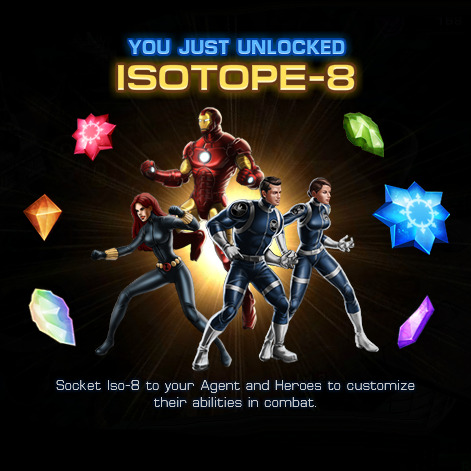
The Mechanics
The game relied on the player, a new recruit to S.H.I.E.L.D., to recruit some of Marvel’s most famous heroes to secure the caches of Isotope-8 around the world. (Here, I need to tip my hat to YouTuber TheInhumanBeatdown, whose Marvel: Avengers Alliance video series help me recall the intricacies of the gameplay.)
The currency required to recruit heroes was Command Points, which could be obtained through a variety of ways, like rewards for completing missions, purchasing with real-world money, or supporting the game by watching ads. (Confession time: when I was playing Avengers Alliance, the ad playing feature would often glitch, continually awarding me Command Points for watching ads over and over again. Because of this, I cringe at the mention of the movie Gnomeo & Juliet because I watched the trailer for the DVD release so many times just to recruit more characters in this game.)
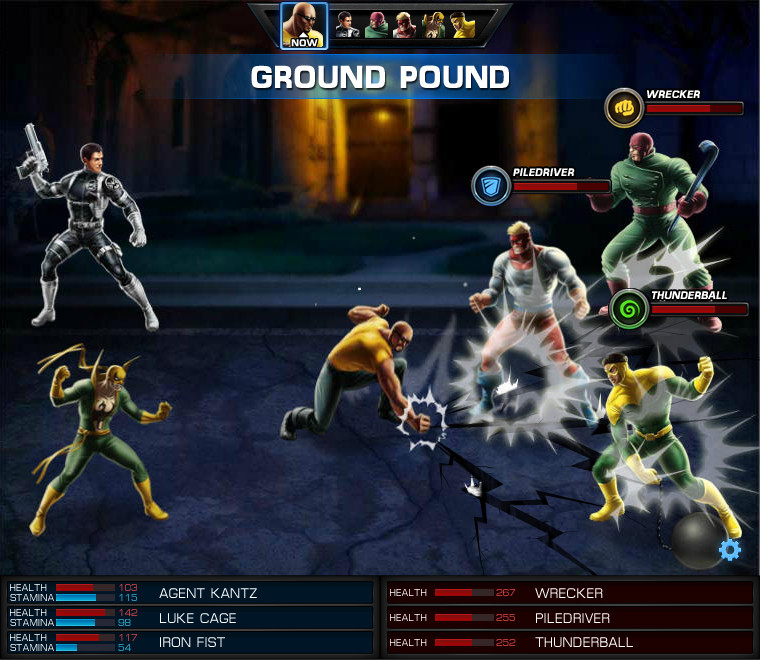
The combat system was based on a more complicated version of Rock, Paper, Scissors. Each character had a specific class, Blaster, Tactician, Scrapper, Infiltrator, Bruiser, and Generalist. With the exception of Generalist, each class had a specific weakness and advantage over one of the other classes. For example, Blasters were (in Pokémon parlance) super effective against Bruisers, but they were weak against Tacticians. Generalists had no specific advantages or weaknesses against other classes, making them well-rounded fighters.
Through gameplay, it was possible to change either the player’s or each heroes’ classes, either through equipment (in the case of the player) or new uniforms (for each of the heroes). Sometimes those upgrades would be given for free or through gameplay, but most often obtaining the items would require using consumables, such as Command Points.

Art Style
Though Marvel: Avengers Alliance had a strong fanbase, it wasn’t the type of game to become a breakthrough hit. Despite that, though, the art style of the characters has managed to become rather prolific, with the assets created specifically for the game showing up as examples in online articles. The game’s highly detailed character designs have made these assets excellent examples of the characters being portrayed. And with the game’s distinctive style, it’s easy for fans like me to recognize when an asset from the game is being used.

All of this is due to the diligent work of the artistic team, including the lead portrait artist, Sam Wood, from where the distinctive look is derived. Other artists, like Kelly Hamilton and John Krantz, added their own flairs to each of the designs, and they’ve created some of my favorite looks for these iconic characters. Add these to the dynamic background designs from Leigh Kellogg and it’s easy to see why the art from Marvel: Avengers Alliance is so attractive.
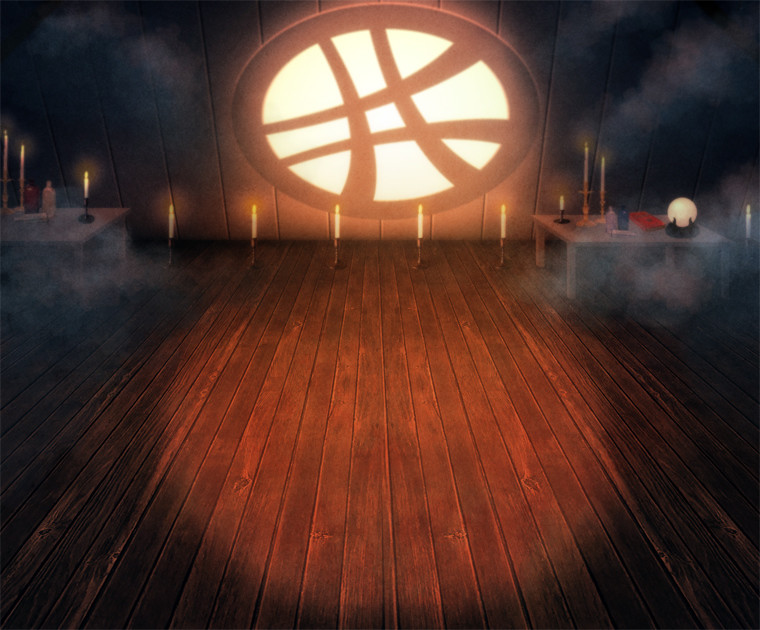
The End
On September 1, 2016, Disney announced that both Avengers Alliance and Avengers Alliance 2 would be shut down by the end of the month, giving players 30 days to continue playing.
As a way to close out the game and bring a conclusion to the storyline, Playdom released a special Spec Ops, allowing the remaining player base to recruit Adam Warlock to their rosters. The final mission found players battling Thanos in an epic battle, which seemed fitting given that the game started as a tie-in to the Marvel Cinematic Universe, where Thanos played an integral role.
Before the game’s official shutdown, some fans tried to save it by creating Change.org petitions. This specific petition cites the official M:AA Facebook page and its more than 4 million fans, as well as the multitude of M:AA fan communities on the internet. Despite this evidence, however, the petition gathered less than 1,000 signatures.
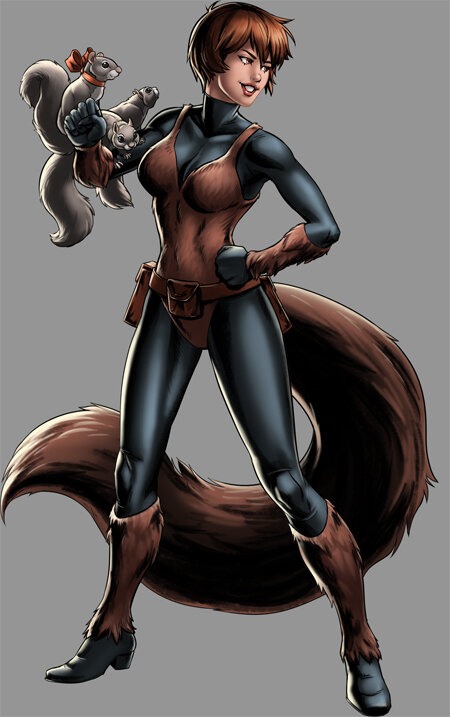
A Spiritual Successor
I’ve had a hole in my heart ever since the demise of Marvel: Avengers Alliance. I played that game constantly; I was lucky enough to have two jobs back-to-back that didn’t care about Facebook usage as long as work got done, and Avengers Alliance was loaded on my screen during every shift. That game was the reason I kept my Facebook account for as long as I did, so when it was taken down, I didn’t know what to do with myself.
I tried to find other games starring Marvel characters that appealed to me. One that had a big hook in me for a long time was Marvel Puzzle Quest. Similar to Avengers Alliance, Puzzle Quest allows players to recruit famous Marvel characters and utilize their skills against hordes of bad guys. However, the mechanics of Puzzle Quest are much different; in that, the game is a Match-3 style, like Bejeweled and Candy Crush.
However, back in 2018, a developer called FoxNext released a turn-based game called Marvel Strike Force. The gameplay of Strike Force is similar to Avengers Alliance in that it relies on the player to recruit a team of Marvel heroes and battle against waves of enemies. Though the plot is different, in that a cosmic being named Ultimus is intent on conquering the multiverse and using platoons of brain-washed heroes to do so, the game relies on the Isotope-8 mechanic just like previous Marvel games.
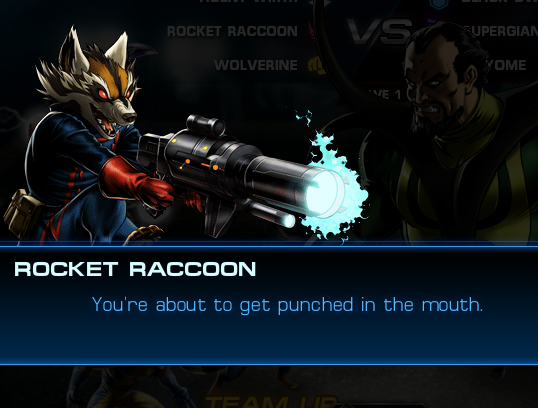
The only drawbacks to Strike Force lie with the developer. FoxNext was acquired by a company called Scopely in 2020, which maintained the development of Strike Force. However, in doing so, they added a heavy reliance on micro-transactions. Quite often, the player will be subjected to a deluge of pop-up screens reminding them of special offers and ways in which they can spend money. It’s often distracting and makes the game lack the charm of M:AA. But if, like me, you are looking for a game with the same play experience as Marvel: Avengers Alliance, then Strike Force will be right up your alley.
Not much more can be said about Marvel: Avengers Alliance. Though the game ended in such a way that a resurgence is possible, it’s not likely to happen any time soon. But who knows? Now that the multiverse has come to the MCU, and the What If…? animated series is gaining popularity, Marvel and Disney could see the return of Marvel: Avengers Alliance as a way to capitalize on that popularity. After all, the events of M:AA have been given their own Earth designation, Earth-12131, meaning it lies in the multiverse somewhere. I just hope that, if it does return, I don’t have to rely on Facebook to play it.

